The Caribbean is distinguished by its beaches and amazing landscapes; however, when we talk about culture, no island is similar to another due to the great diversity of countries that have or had their colonies either in the continental Caribbean or on the islands.
There are currently 17 colonies in the world, according to the UN Decolonization Committee. This unit seeks to free all these territories that remain under the autonomy of another country.
There are still 7 non autonomous territories in the Caribbean. Although it is true that, at the time, all of the islands were colonies, the majority achieved their independence, and some even became special states or municipalities for certain countries.

The Caribbean Islands are conformed by 2,184 islands divided into 17 countries, 7 colonies, 3 overseas departments, 2 overseas communities and 3 special municipalities.
Discover the territories that incorporate each of these classifications.
- Former French colonies:
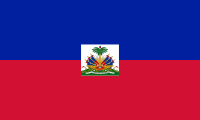
France currently has a couple of colonies in Oceania, nonetheless it lost all of its colonies in the Caribbean. Some of them became part of France, and only one, Haiti, achieved its independence in 1804.
- Overseas departments of France:
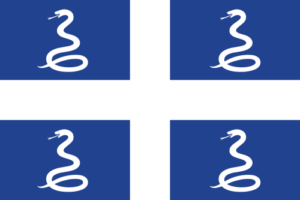
These territories have a special distinction since they are not colonies. They are part of France, and as any other metropolitan region of that country, they enjoy nationality, privileges and are members of the European Union (E.U.)
France has five overseas departments and two are Caribbean islands, the territories of Guadeloupe and Martinique.
- The French Overseas Community:

These regions have less status than their predecessor, but remain members of the EU because they are considered as an outermost region, at least Saint Maarten, since the island of San Bartolome lost that status in 2012.
This island was even a colony of Sweden for a century, during the period from 1785 to 1877, and then returned to the power of France when they paid 80,000 Francs for it.
- United States colonies:
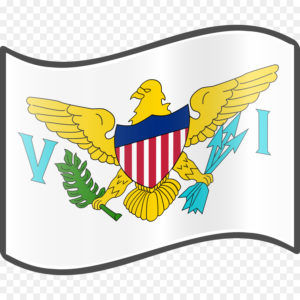
The Virgin Islands are just over five dozen islands that incorporate their entire territory, yet, only three islands are inhabited. They were formerly part of the Kingdom of Denmark and Norway until they were sold to the United States in 1916, and thus forming part of the unincorporated and organized territories of the United States.
- Special municipalities of the Netherlands.

Conformed by Bonaire, Saba and San Eustatius, these are part of the Netherlands as regions of the country. The inhabitants of these countries have Dutch nationality and are members of the EU. They are not considered as a colony since they decided to remain part of the Netherlands with all of its laws and regulations.
- Autonomous Countries from the Kingdom of the Netherlands.

The three countries of Aruba, Curaçao and Saint Maarten are not considered colonies because they signed their constitution as autonomous territories, with their own laws and government, but remain under the orders of the Royal Family in the Netherlands.
- Colonies of the United Kingdom:

The United Kingdom is nowadays the territory with the most colonies This is shown by its six colonies in the Caribbean, from well-known islands such as the Cayman Islands, Anguilla or Bermuda, to some slightly discreet islands such as the Virgin Islands, Turks & Caicos Islands, and Montserrat.
- Former colony United Kingdom:
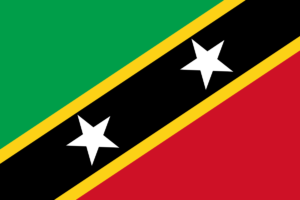
The United Kingdom had the vast majority of colonies in the past, but lost most of them within 20 years. Antigua & Barbuda became independent in 1981, Bahamas in 1973, Barbados in 1966, Dominica in 1967, Grenada in 1967, Jamaica in 1962, Saint Vincent and the Grenadines in 1979, Saint Lucia 1979, Trinidad & Tobago in 1962, and finally, St. Kitts and Nevis until 1983.
- Former Spanish colonies:
Spain conquered most of the land on the continent, nevertheless it had little presence in the Caribbean, having the territories of Cuba, which became independent in 1868, the Dominican Republic in 1821, and the conflictive Puerto Rico.
The situation in this country is difficult since it was a Spanish colony until it became part of the United States at the beginning of the twentieth century. Many consider it a colony today, however, the international community recognizes it as an autonomous country. The United States sees it as a free state associated with them.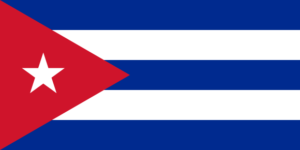
The Caribbean Islands are one of the regions with the most diversity of languages and dialects, where not only the traditional languages such as Spanish, English or French are spoken.
The settlers themselves created their own amalgam with ancient dialects, further enriching the region and making it a destination for every traveler who loves culture and geography, yet the continental Caribbean is not left behind, as they are also countries full of culture and history.
